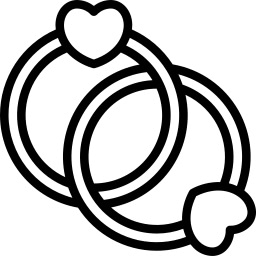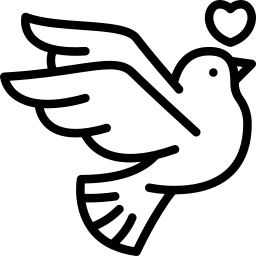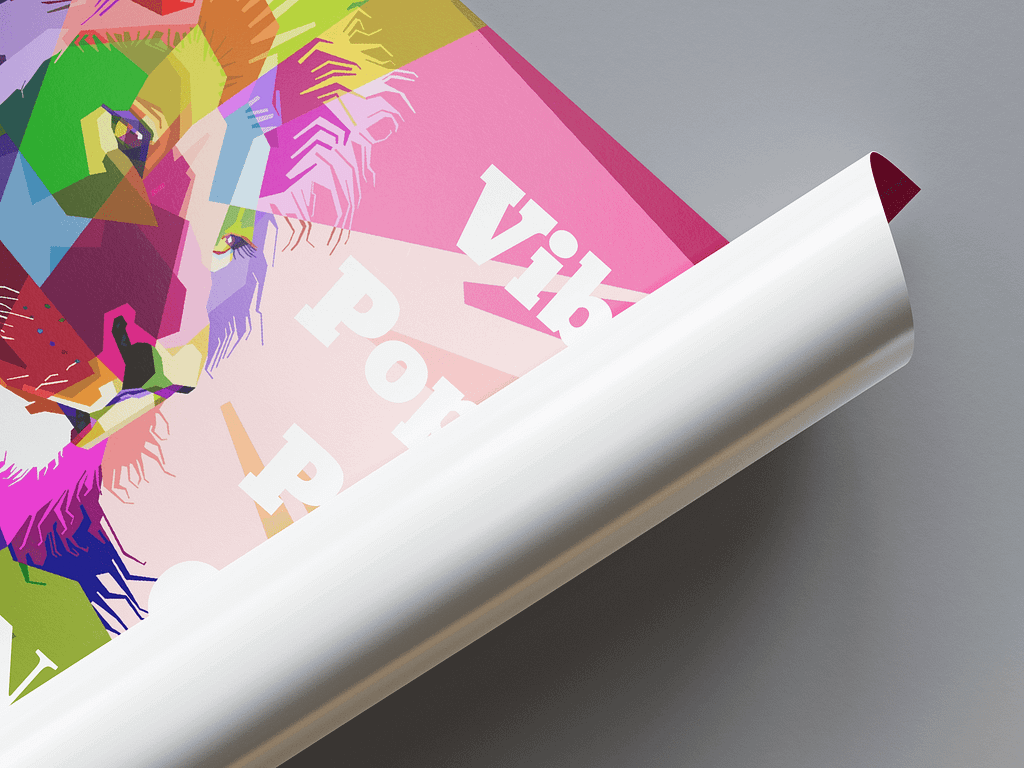Leaflets are a simple and cost-effective approach to communicating with existing and potential consumers. Before printing a bundle of leaflets for your business, read our guide for answers to the top five FAQs about printing leaflets.
Need great design & print service, with fast turnaround? We guarantee to do our very best, whatever your printing needs. Curious how much you can save? Get a free online quote.
A leaflet is a little piece of the printed paper that conveys a concise message in an easy-to-understand way.
Businesses use leaflets to sell their products and services. They’re also commonly used to alert customers to new businesses, special offers, and forthcoming events.
They can either be:
- Handed out face-to-face
- Delivered to customers through the letterbox
- Stapled to a brochure and passed on
What are the differences between leaflets and flyers?
Some people confuse the phrases ‘flyer’ and ‘leaflet,’ yet these terms relate to two different printed items.
- Flyers: A single sheet of paper having a front and back page, which is frequently used to promote events and club nights.
- Leaflets: One sheet of paper, folded to give the appearance of numerous pages and allow for additional material.
Which one should you pick? It all depends on how much stuff you’ve got to share. Leaflets provide you additional room to dig into the detail and the ability to divide your content into pieces by utilizing the natural breaks generated by the distinct ‘pages.’ Flyers usually focus on a single topic, such as an upcoming event.
Some people confuse the phrases ‘flyer’ and ‘leaflet,’ yet these terms relate to two different printed items.
- Flyers: A single sheet of paper having a front and back page, which is frequently used to promote events and club nights.
- Leaflets: One sheet of paper, folded to give the appearance of numerous pages and allow for additional material.
Which one should you pick? It all depends on how much stuff you’ve got to share. Leaflets provide you additional room to dig into the detail and the ability to divide your content into pieces by utilizing the natural breaks generated by the distinct ‘pages.’ Flyers usually focus on a single topic, such as an upcoming event.
The DL paper size is suitable for a leaflet because of its tall, attractive appearance. It is ideal for a variety of enterprises. It provides ample text space while also allowing for a large number of photos – the perfect combination.
However, depending on your demands, you may purchase leaflets in a variety of sizes. This is especially important if you need to distribute leaflets to clients as part of a larger package and need to fit them into certain packaging.
Businesses may use leaflets to market their products and services at a low cost. They’re a quick, cheap and cheerful way to get your message across to a large group of people.
They also allow you to express yourself creatively. Make the most of your occasion to show off your creative abilities by developing a magnificent promotional piece that wows the crowd.
People are also more inclined to preserve leaflets, with 45 percent of those who receive one in the mail keeping it on a pinboard or in a kitchen drawer.
When developing your leaflet, the most crucial thing to consider is whether or not people will comprehend what it’s about at a glance.
Consider the message you want the reader to take away when deciding how to create a leaflet. The following are requirements for good leaflets:
- Headlines that focus on the benefits and are relevant
- Theme or main message
- The copy is written in clear English.
- The design is divided into subheadings.
- Use bullet points to highlight important details.
- Message to the public: What are you expecting them to do?
- Important information: Phone number, website, email address, and social media handles
Contact information should be prominently displayed so that people can learn more. Include a map with your location marked to help clients get to your place.
Don’t forget to include photographs to highlight your items and improve the visual attractiveness of your leaflet. The more visual your business is, the more imagery you should be.
If you meet people on a regular basis, you will come across business cards of all manner of shapes, sizes, colours, and designs. They offer out these little useful pieces of information to present their firms, business, goods, or services. You may have a lot of cards in your wallet and drawer.
Take a look at some contemporary business cards. They are multitasking instruments, as you will discover. They can be used as a ticket, bookmark, or sticker. Today’s business owners wisely employ business cards as a powerful marketing tool. Now we will answer your top 6 questions about business cards.
Decide what information your card should contain first. This is critical since there is just a little amount of space available, which prevents you from including all of your company’s information. Websites, email addresses, mobile phone numbers, and social media information are all available to modern companies. Following that, your logo and contact name should be displayed.
Don’t compress this information to the point that it’s tough to understand at first glance. The content may not be as readable if it’s too small and poorly spaced out. It’s possible that the letters will seem sloppy when printed. As a result, avoid utilising calligraphy lettering for details. It is recommended that you should not use fonts less than 8pt.
While you should adhere to basic design guidelines when designing business cards, you should also utilise your imagination. Examine inspiring designs and strive to come up with original and inventive graphic design concepts. The focus should be on conveying your contact information in a distinctive manner.
The majority of budget business cards are simple and straightforward. Others are vibrantly coloured. Which of these sorts is most appropriate for your company’s identity? While bright colours may add a sense of freshness and enthusiasm, too many colours can be overwhelming. It gives the impression of a busy and perplexing environment.
If you operate a sophisticated high-end firm or want to create an impact on potential clients, choose a colourless, simple card layout.
If you integrate QR Codes in your business card design, it will be more helpful. When you need to fit information into a little space on a card, creating a QR Code is a tried and true method. The code is the most effective way to integrate all of your company’s contact information without cluttering the card. You may also create a link between the content on your website and other online platforms, as well as printed materials.
To convey the proper signals about your company, print your business cards on high-quality card with a good design so it looks and feels great. For the ultimate finishing touch and fantastic visual impression, consider spot-UV varnishing, folded business cards, spot-UV varnishing, laminated cards, or foil printing by a stationery printing professional to stand out from the competition.




